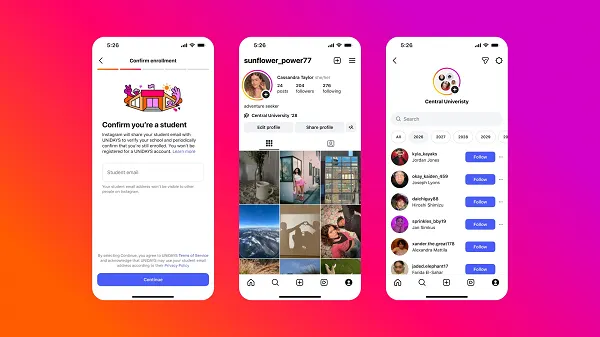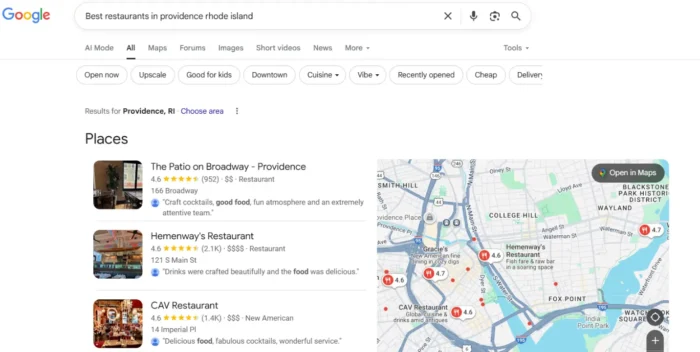Nielsen-sized TV panel for measurement rivals planned by VAB trade group
If successful, the VAB’s move could put rivals such as VideoAmp, iSpot.tv, Comscore and others on a more equal footing with Nielsen.

The Video Advertising Bureau (VAB) is trying to build an industry TV and cross-platform measurement panel in the U.S. similar to Nielsen’s with 40,000 or more households but available to the giant’s competitors. The effort parallels one by the Association of National Advertisers, and executives of the groups say they’re in talks that could lead them to join forces.
If successful, the VAB’s move could put rivals such as VideoAmp, iSpot.tv, Comscore and others on a more equal footing with Nielsen, providing a missing link in calibrating their giant data sets from millions of set-top boxes and smart TVs.
'The bigger the better'
“The bigger the better frankly,” said VAB CEO Sean Cunningham. “Building something of significant scale is really a critical deliverable, given all the variability with media consumption going into so many kinds of devices and platforms. To understand audiences and deal with identity gets you into a level of variability where you intuitively know that you need as big and robust a panel as is practical to build.”
Among other things, a big household panel can help estimate viewing in millions of “over the air” households that don’t have those devices. It also can help ensure data from household devices is representative of the U.S. population ethnically and on other demographic factors. And it can help solve the “personification” problem of estimating who and how many people in each household are watching at any given time.
Nielsen has touted its panel of more than 41,000 households—the primary basis behind ratings that serve as currency for tens of billions of dollars in national TV deals today—as a key advantage as it builds its own Nielsen One service based on data from millions of set-top boxes, set to be fully operational by 2024.
Cost up to $60 million
Setting up a new panel of 40,000 households in the U.S. could cost as much as $60 million, depending on the technology and methodology used, according to one measurement industry executive. That would require media companies and advertisers to open their wallets wider amid fears of a recession—or at least provide guarantees of future business that would help measurement companies raise capital.
Then again, measurement, particularly of TV, is an area private equity and venture investors have been willing to fund recently despite the downturn in tech company valuations and funding for startups in the past year. VideoAmp, iSpot and EDO are among companies getting eight and nine-figure investment rounds since December.
And Kantar—considered by many in the industry as the leading contender to set up a Nielsen-size media measurement panel in the U.S. given its involvement in similar efforts globally—has been on a run of acquisitions and new product investments backed primarily by its majority private equity owner Bain Capital alongside minority owner WPP. An industry-backed panel in the U.S. would be similar to what the ANA’s sibling in the U.K.—the Incorporated Society of British Advertisers (ISBA)—launched last year, the Origin project with Kantar as the preferred cross-media panel supplier.
Executives of Nielsen, Kantar, as well as TVision, another company considered a likely contender to operate a VAB or ANA-backed household measurement panel, all declined to comment.
Parallel efforts
The VAB approached the ANA to talk about jointly developing a new industry media measurement panel earlier this year after it learned of the ANA’s request for proposals from measurement companies, which was similar to its own RFP, said Cunningham.
But the ANA’s plans initially sound more modest than the VAB’s. The ANA wants a panel that would be a component of the group’s ongoing cross-media (including all forms of digital video) measurement pilot projects with Comscore and VideoAmp. That might number 10,000 households—or even as few as a thousand—said Bill Tucker, group executive VP for media, data and technology issues at the ANA.
His hope is for a single new industry panel “that would provide support for various use cases,” Tucker said. Conceivably, that panel might initially be smaller to support the ANA’s pilots next year and ultimately grow to the size the VAB seeks, he said.
The economic model for the panel is among topics of discussion over the next month, both ANA and VAB executives said. Cunningham said his hope is that VAB and ANA membership would jointly back a panel launch financially.
“Our goals and ambitions align very tightly with” the ANA’s, he said. “We may have come at it from slightly different angles, but we both want to build something with a similar profile, the variable being how big can you build it?”
“September is when I think a lot of things will be clearer,” Tucker said. But he said one goal of the ANA is not to have the setting up of the new panel slow down the cross-media measurement pilot the group wants to start operating next year.
“Our biggest concern is that things slow down because of specifications for panels that are beyond what we’re trying to get done,” he said.
Race against Nielsen?
Other measurement industry executives, who spoke on the condition of anonymity given their business with the parties involved, said the VAB, too, might not be served by building a panel that takes too long to set up if its goal is to have Nielsen competitors using it by the time Nielsen One is operational.
“I guess panels are back in vogue, right?” Tucker said. It's a shift somewhat in industry mindset, which had turned against Nielsen's or any panel as inevitably too small to measure an increasingly fragmented media market. But Tucker said: “Panels are now required to calibrate big data sets.”
One reason is that many advertisers simply aren’t willing to give up on demographics for targeting ads, said Howard Shimmel, head of strategy for predictive analytics firm DatafuelX and a former head of research for Turner Broadcasting.
“Big data is great,” he said. “But there are segments in the country that are not represented in big data—like over-the-air homes without a broadband connection. And other segments like Hispanic homes, even with broadband, are just not represented in big numbers in those data sets.”

 JaneWalter
JaneWalter 
































